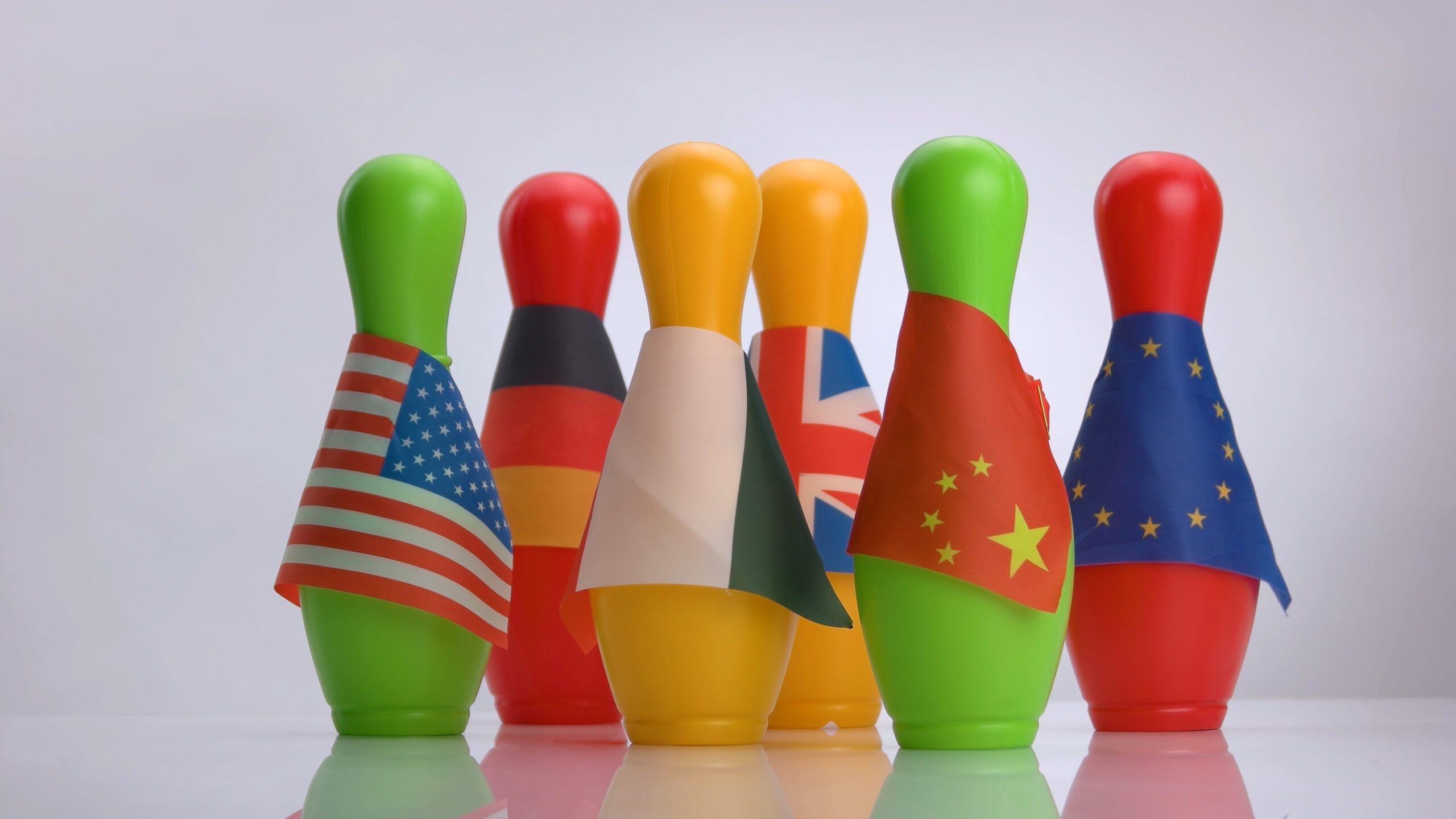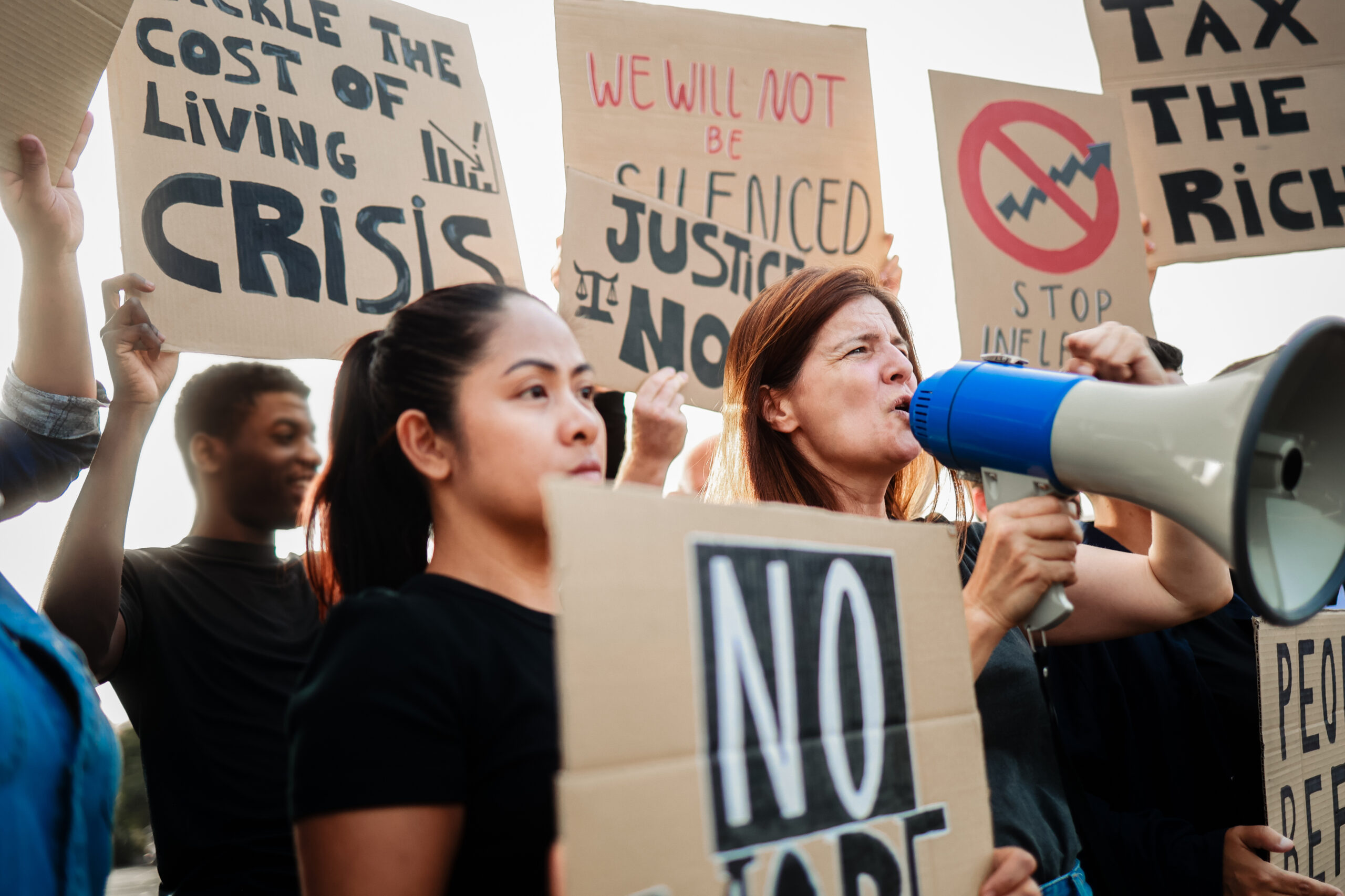What is cultural exchange? Why is cultural exchange important? What role do media, migration, and technology play in facilitating this global interaction?
This blog explores the complex relationship between globalization and cultural exchange, shedding light on how interconnectedness fosters cross-cultural interactions. It examines the influence of pop culture, cuisine, and art on global communities, highlighting how the fusion of diverse traditions enriches societies. However, it also tackles the challenges of maintaining cultural authenticity and the risk of cultural appropriation, emphasizing the importance of mutual respect in these exchanges.
As globalization advances, the blog delves into the critical issue of social integration. It discusses how migration, education, and inclusive policies can bridge cultural divides and promote cohesive, multicultural societies. By embracing cultural diversity while preserving local identities, we can build a more integrated and harmonious global community.
American teenagers listen to pop music from the Korean peninsula. Diners in a quintessential English pub on a cold winter’s night order chicken tikka masala to accompany their pint of Czech lager. Polynesian kids from the South Pacific watch cartoons steeped in the fables of Japan and the traditions of Japanese comic book artists.
These fusions of cultures from across the globe would have been almost unthinkable a generation or two ago. Now, they barely raise an eyebrow.
K-pop is a cultural export with hundreds of millions of listeners and ardent fans worldwide. Curry dishes occupy a central position in the culinary consciousness of the United Kingdom. Through Pokémon, Yu Gi Oh, and Dragon Ball, Japanese manga is a staple of children’s television and YouTube viewing.
The extent to which cultural exchange has become a central aspect of daily life in a globalized world is incredible. As people, goods, and ideas flow more freely across borders, the boundaries that once separated cultures are now more permeable. This interconnectedness has fostered cultural exchange on a global scale, encouraging the sharing of traditions, languages, and values among diverse communities.
Understanding how cultural exchange and social integration operate becomes increasingly important in a globalized world. These processes can serve the loftiest goal: a sense of shared humanity.
Table of Contents:
Understanding Cultural Exchange
Globalization and Cultural Diversity
Social Integration in a Globalized World
The Role of Education and Media in Promoting Cultural Exchange
Challenges to Cultural Exchange and Social Integration
Future of Cultural Exchange and Social Integration in Globalization
Understanding Cultural Exchange
‘Culture’ is a term that often defies a simple definition, And ‘cultural exchange’ is similarly difficult to define precisely. Here is a collection of thoughtful pieces on the topic and its interaction with other institutions and national cultures.
However, for this article, cultural exchange refers to sharing ideas, traditions, and values between different cultures. At its best, it is the foundation for creating a mutual understanding between individuals, businesses, and governments that enhances global relations.
There is no single means of cultural exchange. The simplest is physical travel: taking the time to visit another culture and immerse oneself in it. Other means of cultural exchange can take the form of language adoption, cross-cultural influences in art and popular culture, and, of course, the fusion of different culinary traditions.
Some practical examples of the above can be seen in the worldwide popularity of Japanese anime, the global influence of K-pop (to the point that Yale academics are studying it), or the integration of Indian cuisine into British dining habits (culminating in it being described as the UK’s national dish!).
Several mechanisms fuel this exchange. Media and entertainment play perhaps the most crucial role. Global travel has also become cheaper as a percentage of income than at any point in human history. This has enabled more people to experience foreign cultures firsthand through tourism or migration. Trade has introduced goods and services from different regions into markets worldwide, allowing consumers to adopt and adapt products from other cultures into their own lives.
Alongside these cultural and physical trends, technology serves as an amplifier. The internet enables the rapid dissemination of cultural content across borders. Social media platforms, streaming services, and digital communication tools bridge geographical divides, allowing individuals to engage with foreign cultures in real-time.
Globalization and Cultural Diversity
Does the increased level of globalization impact cultural diversity? It’s a valid question, and proud national cultures seek to mitigate it because they fear their distinct national characteristics might be lost. But is there any genuine cause for fear?
On the one hand, globalization can lead to cultural homogenization, where dominant cultures—often Western ones—spread their influence across the globe, sometimes at the expense of local traditions and customs. Over time, fast food chains, global fashion brands, and pop culture phenomena can create a sense of uniformity as people in different countries adopt similar lifestyles and values. Critics argue that this process risks erasing unique cultural identities and traditions, leaving behind a more homogeneous global culture.
The counterpoint is that globalization can also serve as a vehicle for preserving and showcasing cultural diversity. In many globalized urban centers, people from diverse cultural backgrounds coexist, bringing with them their languages, traditions, and ways of life. Cities like London, New York, and Singapore are examples of this rich cultural tapestry. Within them, various cultures and traditions interact. Festivals, cuisine, and art forms from different cultures are celebrated globally, reinforcing that diversity can thrive in a connected world.
Cultural diversity is crucial in fostering mutual understanding and reducing cultural barriers. As people from different backgrounds interact, they have the opportunity to learn from one another, dispelling stereotypes and building empathy.
Social Integration in a Globalized World
Globalization has undoubtedly significantly shaped migration patterns. The ability to ‘see’ (via photos, video, and entertainment media) a potential destination to resettle in lowers the barrier to deciding to migrate. It does so by filling in part of the information gap that previously confronted prospective migrants.
Millions of people seek to move across borders for better opportunities, education, or refuge each year. As people migrate to different countries, social integration becomes a key challenge. Migrants often bring their cultural practices, which may differ from the host country’s norms. In its initial interaction, it’s clear that this can create the potential for community-based friction or misunderstanding. Social integration requires both migrants and host communities to engage in dialogue and understanding to foster coexistence and to respect the norms of one another to find a balanced equilibrium that doesn’t unacceptably limit the rights of another party.
Inclusive policies and practices are critical for fostering social cohesion in multicultural societies. Governments and institutions can serve this goal by promoting policies supporting access to social services and education for all citizens. In addition, programs that promote cultural exchange, language learning, and community engagement are essential in helping societies integrate diverse populations.
Balancing national identity with global citizenship is an ongoing challenge in a globalized world.
The Role of Education and Media in Promoting Cultural Exchange
Education plays a pivotal role in promoting cultural understanding and exchange. International education systems that utilize study abroad programs create opportunities for students to immerse themselves in different cultures. Learning about other histories and perspectives, students develop a broader worldview that fosters empathy and tolerance. Institutions like the Erasmus Program in Europe have proven instrumental in helping young people experience life in different cultural settings, breaking down barriers of prejudice and ignorance.
Beyond formal education, global media platforms significantly influence how cultures are perceived and understood. In the age of streaming services, social media, and digital news, individuals have more access than ever to content worldwide. Films, television shows, music, and news reports produced in one country can reach global audiences. This accessibility can build bridges between diverse communities. Media, when used responsibly, has the potential to be a powerful tool for promoting cross-cultural understanding. Still, it must strive for accurate and authentic representation to avoid perpetuating harmful misconceptions.
Challenges to Cultural Exchange and Social Integration
Significant challenges can hinder social integration despite the positive aspects of cultural exchange and globalization. A major obstacle is the potential for cultural conflicts or misunderstandings. As different cultural practices and values intersect in globalized societies, tensions can arise when individuals or groups struggle to reconcile contrasting worldviews. Social norms are often the contested ground upon which these tensions play out. Differences in religious practices, gender roles, or approaches to family life can lead to discomfort or conflict within communities.
Another challenge is the risk of cultural appropriation. This refers to situations where elements of a marginalized culture are adopted or commodified by a dominant culture, often without understanding or respect for their original meaning. This can result in the loss of cultural authenticity and lead to resentment, which can feel like exploitation rather than appreciation. While cultural exchange should be about mutual respect and learning, globalization can sometimes blur the lines, turning cultural elements into mere trends that lose their deeper significance.
Socioeconomic disparities also play a critical role in the challenges of social integration. Migrant communities often face significant economic barriers. These manifest in lower wages, fewer job opportunities, and limited access to education or healthcare due to less density of these services in certain geographic locations where migrants settle. These disparities can deepen social divides and make it harder for migrant populations to integrate into their new societies fully. Without addressing these economic inequalities, efforts at fostering social cohesion can be undermined, as marginalized groups may feel excluded from the benefits of globalization and struggle to find their place in the broader community.
Future of Cultural Exchange and Social Integration in Globalization
As globalization continues to evolve, so will the ways in which cultures interact and integrate. One of the most influential trends in global cultural exchange is the inexorable rise of digital cultural connections. The rapid expansion of social media, virtual communities, and digital collaboration platforms means that individuals from different parts of the world can easily share ideas, art, and traditions.
This has the potential to create even more diverse and dynamic cultural exchanges, allowing for real-time interaction across geographical boundaries.
At the same time, there is a growing awareness of the need to preserve cultural integrity amidst this global exchange. Many societies are grappling with the challenge of maintaining their unique cultural identities while embracing the benefits of globalization. Efforts to promote cultural heritage through education, tourism, and government initiatives are essential if the goal is to ensure that globalization does not lead to cultural homogenization. Fostering inclusive integration means adopting policies that respect and celebrate cultural diversity while ensuring newcomers can fully participate in society. This balance can be summarized as embracing the global while preserving the local.
Key Takeaways
Globalization has undeniably transformed the way cultures interact.
It shapes what we listen to, watch, and eat, where we travel, and who we choose to spend our lives with. It shapes cultural exchange and social integration across the world. It has facilitated the flow of ideas, traditions, and practices, enriching societies through greater exposure to diversity. However, it has also introduced new challenges, from cultural conflicts to economic disparity and social exclusion.
As these dynamics continue to evolve, the future will depend on how societies navigate the balance between global interconnectedness and local identity. By promoting responsible cultural exchange, protecting cultural integrity, and ensuring inclusive social policies, globalization can be a powerful force for mutual understanding and progress.
Cultural exchange is an ongoing journey. Its success will depend on our collective ability to embrace diversity while fostering a cohesive, inclusive world. At a time when it can sometimes feel like there is more that divides us than unites us, this is a goal worth striving for.




